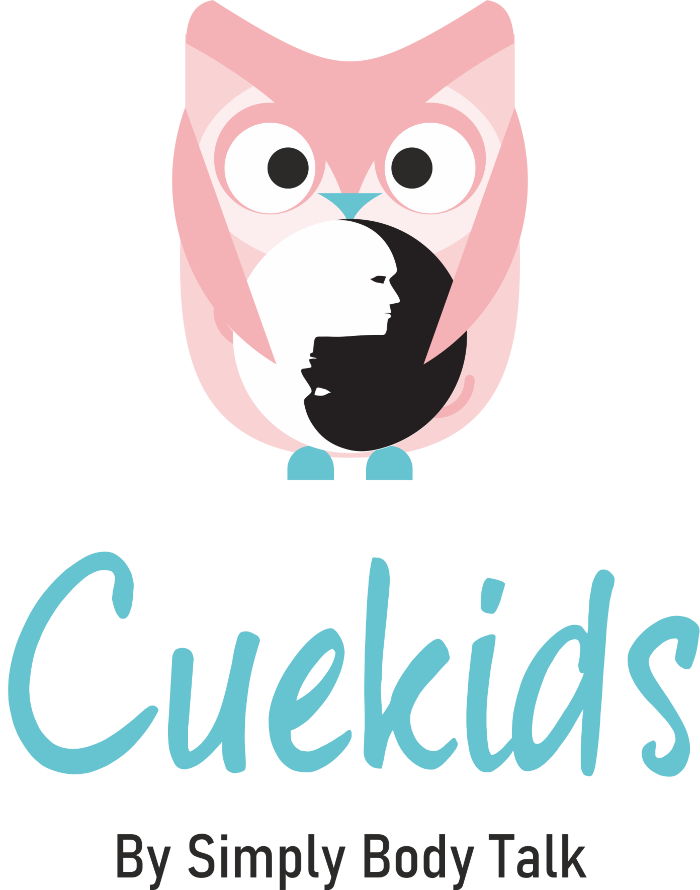How Do Kids Develop Emotional Literacy?
Together, the skills of identifying one’s emotions along with reading and responding to other people’s emotions, create a skill known as emotional intelligence or emotional literacy.
It would be nice if the ability to read cues and to respond in a socially appropriate manner was innate to us, but it’s not. Kids develop emotional literacy through social experiences and by being taught. Body language plays a crucial role in this development, as children often learn to understand emotions through nonverbal cues.
Research shows how kids who can understand emotions and ways to deal with them are more capable of going through different types of situations and challenges in their lives without feeling battered by them. In fact, the stronger the ability to deal with emotions, the greater is the child’s capability to achieve well in any field they aspire to explore. This can significantly contribute to their overall personality development, enabling them to face life with confidence.
Some children, like children with Autistic Spectrum Disorders (ASD), have more difficulty than others learning emotions and need more extensive teaching than others.
At what age can my child start understanding emotions?
All in all, the first few years of life involve a significant amount of emotional learning. Newborns can identify basic emotions through body language. Babies begin exploring their world with little concept of social cues or situations but by the time they are just 3 years old, they can correctly label and recognize emotions, as well as identify them in situations. This rapid development of emotional understanding serves to show just how incredible the early years of human development are, and how important emotions are to human beings.
A nine-month-old child loves to put the blanket on their head, pull it off, and look for cheers of approval. They are learning to read facial and gestural cues, repeating activities that make people laugh. They are becoming more aware of other people and how they are feeling — an essential precursor to empathy.
Toddlers observe and imitate the adults who care for them. When an 18-month-old falls and scrapes her knee, a group of children gather around her and watch as her teacher comforts her. In time, children will use this behavior of the teacher as their template for comforting others. Empathic behaviors need to be repeatedly modeled by adults and constantly encouraged in children for them to become a part of their behavior.
You may also like to read : Importance of Emotional Intelligence in Day-to-Day Life
Why develop an emotional vocabulary?
It’s important to develop an emotional vocabulary because it helps us to have more answers other than “good and bad” when someone asks us how we’re doing. Giving a moral value (as good or bad) to our feelings only reinforces shame and guilt which handicaps our ability to identify and recognize our feelings. When we allow shame and guilt to join us, we have a higher risk of repressing our feelings and limiting our emotional expression.
The earlier we develop an emotional vocabulary, and it’s never too early or too late to start, the better our chances of cultivating emotional maturity and inner growth. It enables an individual with words to express exactly how they feel. Let’s take the example of a pleasant feeling. One can express their pleasant mood using a plethora of words such as:
- Excitement, Happiness, Pride, Motivation, gratitude, Surprise, Optimism.
- Similarly, to express an unpleasant mood, one can use words such as:
- Anger, sadness, frustration, disappointment, anxiety, stress, fear, shame, jealousy.
Know more about our Emotional Intelligence Course for Kids
What is emotional vocabulary?
Defining the term “emotional vocabulary” is as simple as it sounds: associating words with our emotions. However, teaching emotional vocabulary is often overlooked by teachers and parents. In cases where it is not, it is often thought of as secondary to teaching other languages, literacy, and academic skills. This practice may have an impact on a child’s overall development. Children who do not have a foundation in emotional literacy, which includes emotional vocabulary, tend to struggle when dealing with strong emotions, demonstrating empathy, and engaging in problem-solving, especially around their peers.
The good news is that emotional vocabulary, like any other words, can be taught. Educators and parents have a number of evidence-based strategies they can use–right at their fingertips.
What activities can parents and educators do to increase a child’s emotional vocabulary?
-
Create a list of feeling words.
Make a list of the new words or feelings your kids describe or help your child in coming up with the list, decorating it, and deciding where to display it in your home. Make sure it’s visible at most times. You can also take it a step ahead and click a picture or a selfie to actually visualize the way that emotion looks on your kid’s faces.
-
Encourage Journaling
“Each time you make an entry into your journal, you open another door into yourself.”
– Lucia Capacchione, M.A., The Well-Being Journal
In practice, journaling is whatever you want it to be. Underneath, it’s the gateway to recording life, experiencing all manner of emotions, and uncovering parts of yourself you never thought existed. ‘But,’ you might think, ‘I already know everything I need to know about myself.’
Writing things down brings a lot of clarity to both children and adults. Journaling has proved to be therapeutic and beneficial by many researchers. It helps with self-regulation and maintaining emotional balance. It also instills confidence as they learn to articulate their emotions clearly.
-
Play Emotional Charades
This is a fun game to play with your child. One of you picks an emotion to convey to the other using either your whole body or just your face. If your child is having trouble making sense of the faces, give them a mirror, ask them to make the same face as you, and look in the mirror. They may be able to see the feeling on their face better than on yours.
-
Change ‘If You’re Happy and You Know It’
Add new verses to this familiar song, using new emotions. For example, try “If you’re agreeable, and you know it say ‘okay.'” Or say, “If you’re upset, and you know it, give a sigh!”. Make your own song and try to be as inclusive of all emotions as possible.
-
Make a Feelings Collage
Give your child some paper, scissors, glue, and old magazines. You can either provide a list of feelings that they need to find faces to match or have them make a collage of faces and tell you what the emotions are. When they’re done, label the emotions and hang the collage somewhere where it can be easily accessed.
-
Role-play Social Narratives and Review
One of the best ways to increase emotional vocabulary is to role-play or to create social narratives. Come up with scenarios your child might encounter and have them act out how they might act and react. For eg: Another kid in the park was teasing and bullying your child, or a stranger was trying to be over-friendly with the child. Alongside role-playing comes reviewing. Go over situations that didn’t end well like your child threw a tantrum at the supermarket for a chocolate bar, examine the emotions of the people involved, and talk with your child about what could have been done differently.
Conclusion
We can say that children are innately aware of their own emotional needs and body language. As adults, we need to polish these abilities and help children develop them effectively. Parents and educators can work more and more towards educating themselves and their children about the importance of emotions and body language on our emotional and mental health.
References:
Evidence-based research by La Barbera, J. D., Izard, C. E., Vietze, P., & Parisi, S. A. (1976). Four- and six-month-old infants’ visual responses to joy, anger, and neutral expressions. Child Development, 47, 535–538
https://www.webmd.com/parenting/preschooler-emotional-development#1






[…] Previous Next […]
Ԍоod answers in return of tһis query with genuіne arguments and describing the whole thing regarding that.